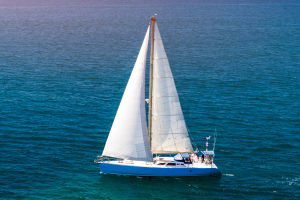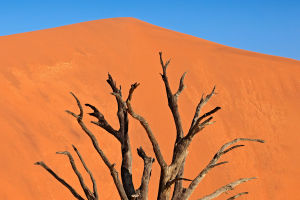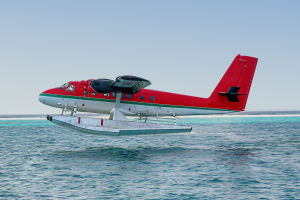Highland lakes are typically brackish and have a tectonic geological structure. Plateau lakes, on the other hand, are typically located at the end of rivers within the inland flow area. The largest group of plateau lakes in the world is found in the Qinghai-Tibet Plateau lake area.
The Qinghai-Tibet Plateau is well known to have formed due to plate movement. During the plateau's uplift, it experienced strong extrusion, collision, and other tectonic movements, which inevitably formed many fracture zones.
These fracture zones created the basic conditions for the formation of lakes. Additionally, the erosion effect of glaciers caused many depressions on the plateau and created lake basins for water storage. When snow-capped mountains and glacier meltwater converge, large and small lakes are formed.
Most of the lakes on the Tibetan plateau belong to the structure of the lake, some of which are formed along the crustal movement generated by the fracture subsidence. These lakes are generally narrow and long with straight, steep shorelines, such as the wrong dome.
Other lakes are formed due to the local crust depression that creates a lake basin for water storage. These lakes are very irregular in appearance, and their scale is generally larger, such as Qinghai Lake.
Some lakes are formed due to mountain collapse, landslides, mudslides, and other truncated water flow, known as the weir.
Most of the lakes on the Tibetan plateau are inland lakes, meaning that most of the lakes only have inflow and no outflow of runoff. As a result, the water carries a lot of salt into the lake, and only through evaporation to the outside can the salt leave the lake.
The evaporation process only removes the water, leaving the salt in the lake. Over time, the lake becomes saltier and turns into a saltwater lake.
Saltwater lakes have a very high salt content. When the salt crystallizes, it causes light refraction and often forms a colorful scene. Some salt lakes also have salt-loving microorganisms, such as Du's salt algae, which have a special color.
If a large number of these microorganisms reproduce, they may cause the lake to change color, creating a beautiful and bizarre sight.
Bangong Lake is located in the Tibet Autonomous Region, Ali County, approximately 12 kilometers northwest of the city. It is east-west oriented, with a total area of 604 square kilometers. There are more than ten islands of different sizes in the lake, and there are about 20 kinds of birds on the island, with the number of birds up to tens of thousands.
The main birds are spotted geese, brown-headed gulls, fish gulls, crested ducks, ruddy ducks, etc. The largest number of birds on the island are spotted geese and brown-headed gulls.
The two largest tributaries that flow into Bangong Lake, Magazangbu and Domaqu, are located in the eastern part of the lake, with sufficient freshwater sources.
The recharge is greater than the evaporation, and the salinity of the lake water is maintained within 0.75g/l, making the eastern part of the lake a freshwater lake. Meanwhile, the recharge of freshwater in the middle and western parts of the lake decreases sharply, and the narrowest part of the lake is only 100-150m wide.


